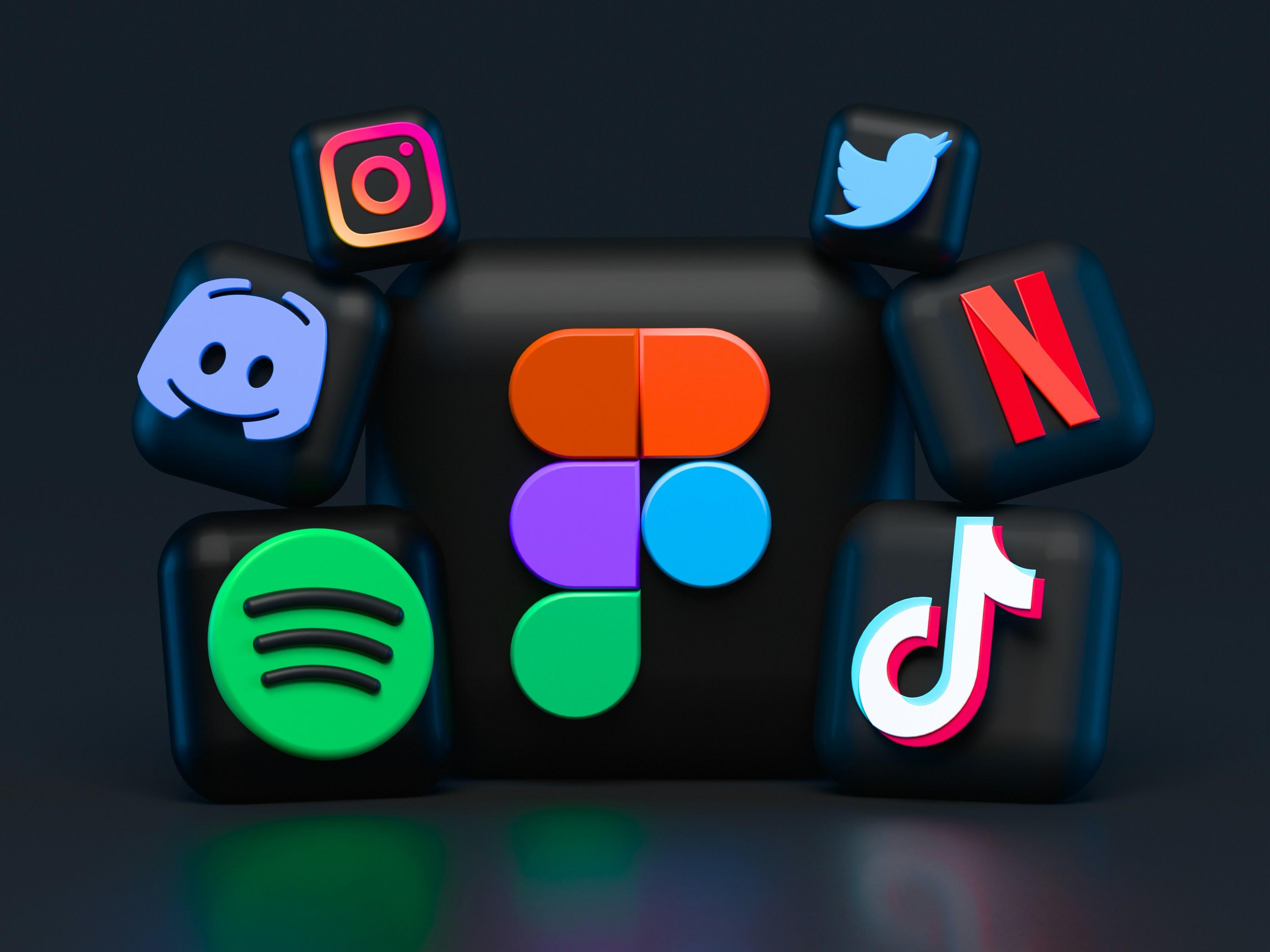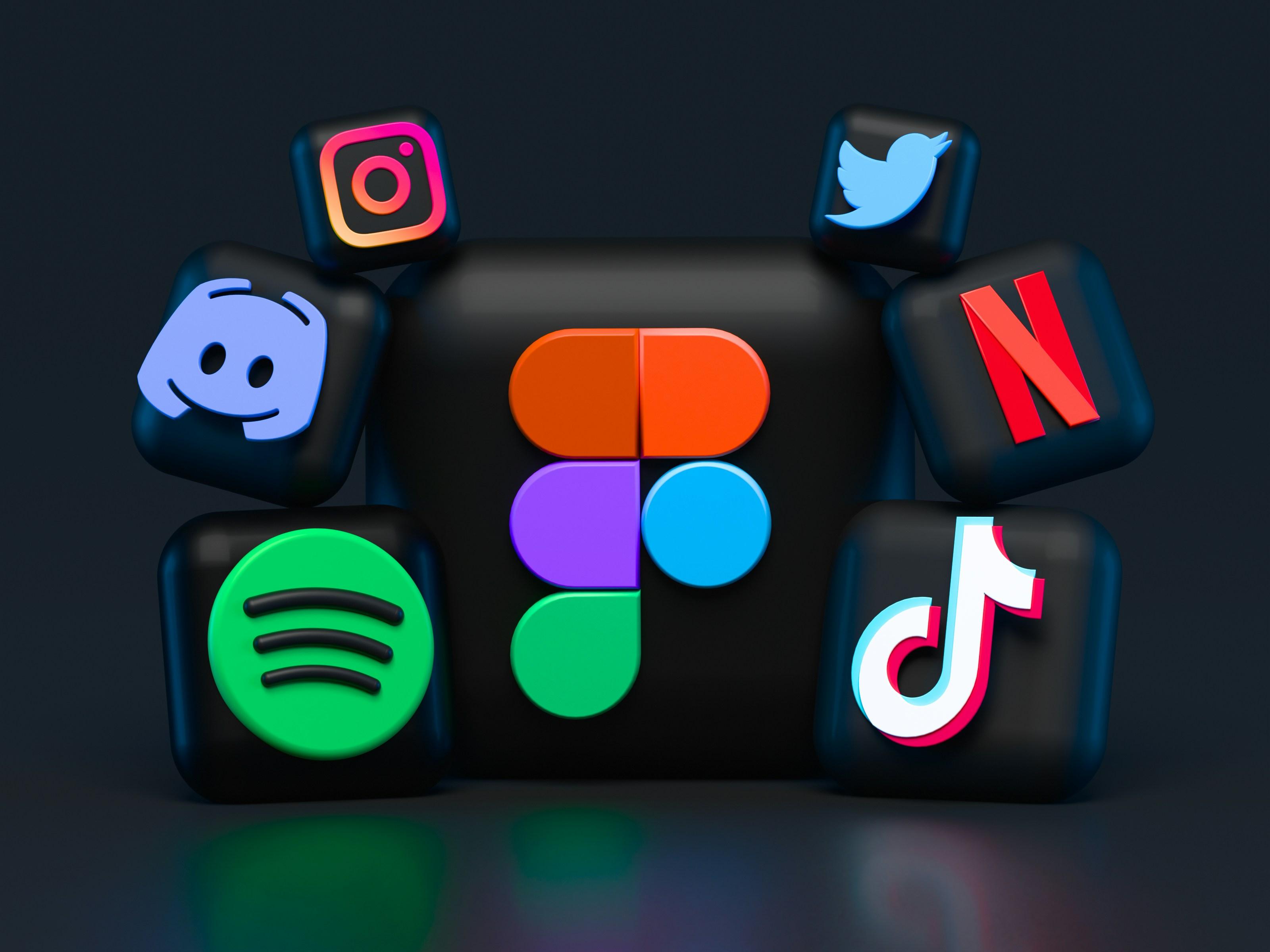In the ever-evolving landscape of digital entertainment, streaming services have become an integral part of our daily lives. Among the myriad options available, Netflix and Hulu stand out as two of the most prominent contenders, each boasting a unique array of content and features. As consumers seek to maximize their entertainment value, the choice between these two platforms often becomes a pivotal decision. This article delves into an analytical comparison of Netflix and Hulu, examining their pricing models, content libraries, user experiences, and additional features. By evaluating these key aspects, we aim to provide a comprehensive understanding of which streaming giant offers the best value for diverse viewing preferences.
Content Libraries and Original Programming
When it comes to the breadth and depth of content, both Netflix and Hulu bring something unique to the table. Netflix is renowned for its extensive collection of original programming, with critically acclaimed series such as Stranger Things, The Crown, and Bridgerton. These exclusive shows have helped establish Netflix as a powerhouse in the streaming industry, drawing viewers in with high production values and compelling storytelling. Furthermore, Netflix’s commitment to diverse and international content broadens its appeal, offering something for nearly every taste.
On the other hand, Hulu provides a robust library that balances both original programming and next-day access to popular network television. Hulu originals like The Handmaid’s Tale and Only Murders in the Building have garnered significant attention, cementing the platform’s reputation for quality storytelling. Additionally, Hulu’s partnership with networks allows subscribers to enjoy current TV episodes shortly after they air, a feature that is particularly appealing for those who want to keep up with ongoing series. This blend of current shows and unique originals offers a compelling value proposition for traditional TV fans transitioning to streaming.
- Netflix: Extensive original content, international offerings, diverse genres.
- Hulu: Next-day network TV access, strong original lineup, live TV options.

Pricing Structures and Subscription Plans
When evaluating the pricing structures of Netflix and Hulu, it’s clear that both platforms offer a variety of subscription plans tailored to different viewing preferences and budgets. Netflix provides three main tiers: Basic, Standard, and Premium. The Basic plan offers a single stream in standard definition, while the Standard plan increases the resolution to HD and allows for two simultaneous streams. The Premium plan caters to those who crave ultra-high definition with 4K resolution and supports up to four streams.
In contrast, Hulu offers a more intricate pricing model, appealing to both budget-conscious viewers and those seeking a comprehensive TV experience. The ad-supported plan is the most economical, while the ad-free version caters to those preferring uninterrupted viewing. Additionally, Hulu’s Live TV plan combines streaming with traditional cable channels, offering a unique hybrid experience. Each platform’s offerings provide distinct advantages, but ultimately, the best value depends on individual viewing habits and preferences.

User Experience and Interface Design
- Navigation: Netflix presents a sleek and intuitive interface, with a focus on personalized recommendations. The platform uses advanced algorithms to curate content tailored to individual preferences, making it easy for users to discover new shows and movies. Hulu, on the other hand, offers a straightforward layout with clearly defined categories. While it may not be as visually dynamic, its simplicity can be appealing to users who prefer a more direct browsing experience.
- Customization: Both platforms allow for multiple user profiles, but Netflix takes it a step further with customizable avatars and more granular parental controls. Hulu offers a similar feature set but lacks the same level of personalization in terms of user avatars and settings. However, Hulu’s “Watchlist” feature provides a convenient way to save and organize content for later viewing, which some users may find beneficial.
In terms of device compatibility, both services are broadly accessible across smart TVs, streaming devices, and mobile platforms. Netflix often leads with quicker updates and broader support for new devices, ensuring a seamless experience across different screens. Hulu, while slightly behind in this aspect, still provides robust support for most popular devices. Ultimately, the choice between the two may come down to personal preference regarding interface aesthetics and the importance of personalized content discovery versus straightforward navigation.

Device Compatibility and Offline Viewing Options
- Netflix boasts an impressive range of device compatibility, supporting everything from smart TVs and gaming consoles to smartphones and tablets. This wide array ensures that viewers can enjoy their favorite shows and movies on almost any screen they have at home. For those who love watching on the go, Netflix offers offline viewing options that allow users to download select content directly to their devices. This feature is especially beneficial for travelers or those with limited internet access, providing flexibility and convenience.
- Hulu, while also supporting a variety of devices, has a slightly more limited range compared to Netflix. However, it still covers the essentials, including major streaming devices, smart TVs, and mobile platforms. Hulu has made strides in offline viewing, offering downloads for subscribers with the No Ads plan. This feature, although not as comprehensive as Netflix’s, still provides a valuable option for users who need entertainment on the go without relying on an internet connection.
Both platforms offer solid solutions, but the extent of Netflix’s device compatibility and offline viewing capabilities gives it a slight edge in this area. Nonetheless, Hulu’s offerings are continually improving, making it a strong contender for users who prioritize ad-free experiences.



